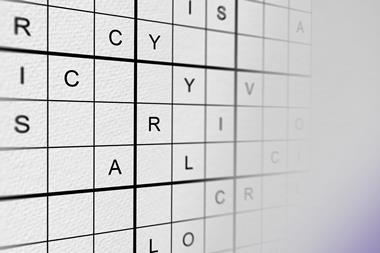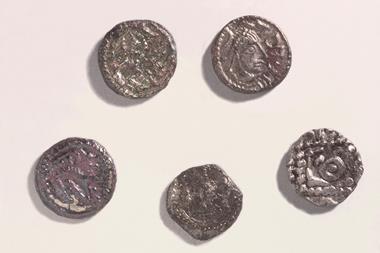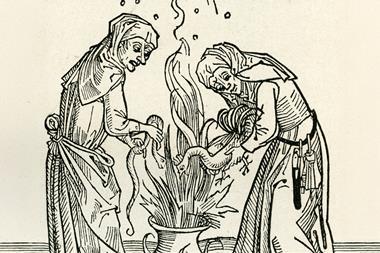Representing electrons: a biographical approach to theoretical entities
Representing electrons: a biographical approach to theoretical entities
Theodore Arabatzis
Chicago, US: University of Chicago Press | 2006 | 295 pp | ?44.50 (SB) | ISBN 0226024210
Reviewed by Dennis Rouvray
Chemists talk a lot about electrons and fondly imagine that they understand how electrons behave. The knowledge that chemists have about electrons, however, has been inferred from experiments that are far from conclusive. Electrons have always been purely theoretical constructs that cannot be seen and it is highly unlikely that anybody will ever see one. Because of this, electrons can be envisioned in many different ways: as point charges without dimensions; as charge clouds smeared out in space; as tiny magnets; and as objects that possess spin.
Recently, researchers have even claimed that electrons are composite entities that can be split into several component parts. It is thus evident that electrons are not simple. Yet, in spite of this, chemists continue to assert that merely by arranging electrons into prescribed patterns around and between atoms they can explain not only chemical bonding but the totality of chemical reactions.
Representing electrons informs us that the existence of the electron began to be seriously debated around 1890, although it was not until the 1910s that its causal properties such as mass and charge began to be widely accepted. Only in the 1920s were high-level theories developed to account for electronic behaviour. The advent of quantum chemistry in 1926 complicated matters considerably and led to the current ’hodgepodge of classical mechanics, classical electromagnetic theory, and quantum rules restricting their domain of application’.
Surprisingly, no theories to date have been able to offer us a simple and intuitive model of how chemical bonding occurs. The problem of explaining bonding has remained intractable whether we have interpreted atoms as Daltonian solid balls, Bohrian planetary systems, or Schr?dinger mathematical formalisms. But perhaps the most disconcerting message this book contains is that no experiment has indubitably established the existence of the electron. The author of this thought-provoking work is to be congratulated both for challenging some of our most cherished assumptions and for reminding us that the world of chemistry is not nearly as cut and dried as most chemists would have us believe.












No comments yet